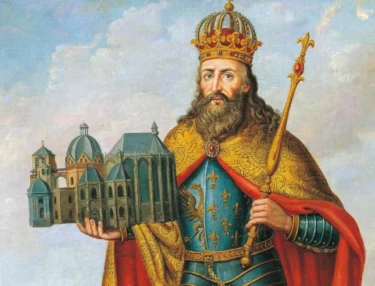
The Charlemagne Chess Set is a unique and historically significant set of chess pieces, named after the famous King Charlemagne of the Frankish Empire who ruled in the late 8th and early 9th centuries. The Charlemagne Chess Set is widely recognized as one of the earliest examples of a complete chess set and is considered a valuable artifact of medieval Europe.
Linked to the rise of the Frankish Empire
The history of the Charlemagne Chess Set is linked to the rise of the Frankish Empire and the spread of the game of chess across Europe. The set was discovered in the 19th century and is believed to have been made in the early 9th century, making it one of the oldest known chess sets in the world. The set is housed in the British Museum and is considered a valuable piece of history and cultural heritage.
The Charlemagne Chess Set is characterized by its distinct design and intricate detailing. The pieces are made from ivory and feature detailed carvings, depicting various medieval figures such as knights, bishops, and kings. The design of the pieces reflects the influence of the Frankish Empire, which was a major cultural and political center during the medieval period. The pieces are also smaller in size compared to modern chess sets, reflecting the more modest means of the time.
One of the key differences of the Charlemagne Chess Set is the depiction of the pieces. The knights, bishops, and kings are depicted as armored figures, reflecting the military and political power of the Frankish Empire during this period. The rooks, on the other hand, are depicted as towers, which were significant symbols of strength and protection during the medieval period.
The Charlemagne Chess Set is a valuable piece of history and cultural heritage and represents the rich cultural and artistic heritage of medieval Europe. The set is an important reminder of the evolution of the game of chess and its role in shaping culture and history.